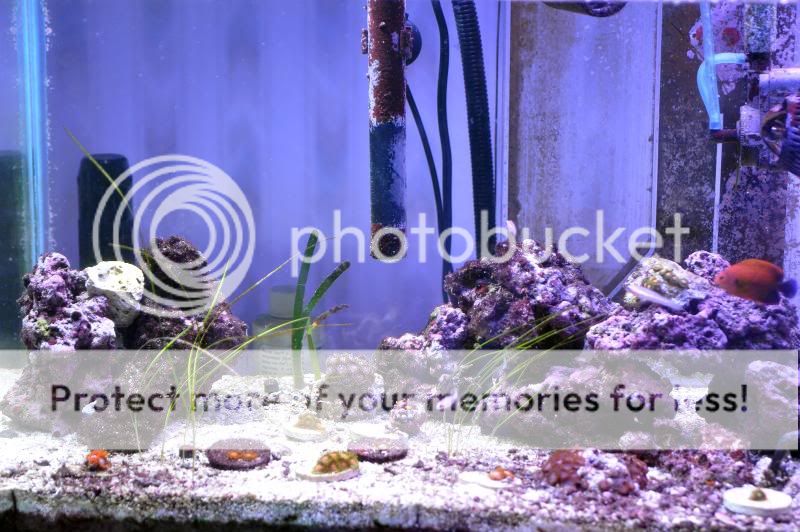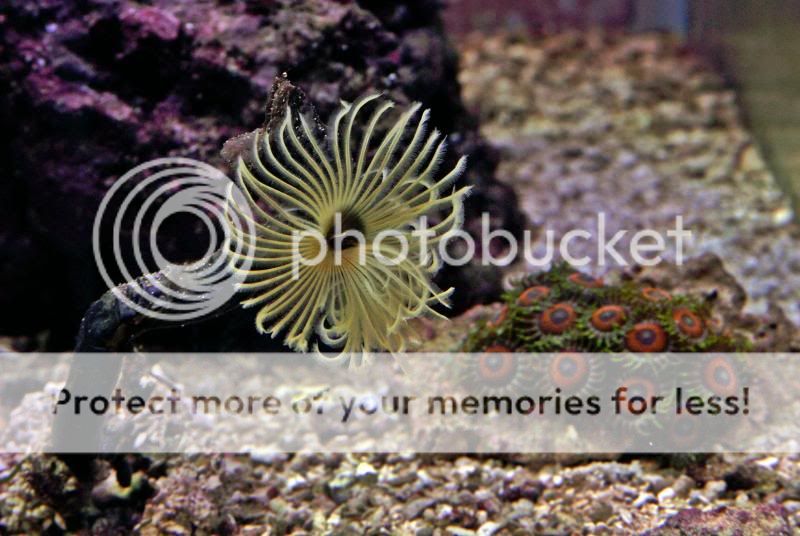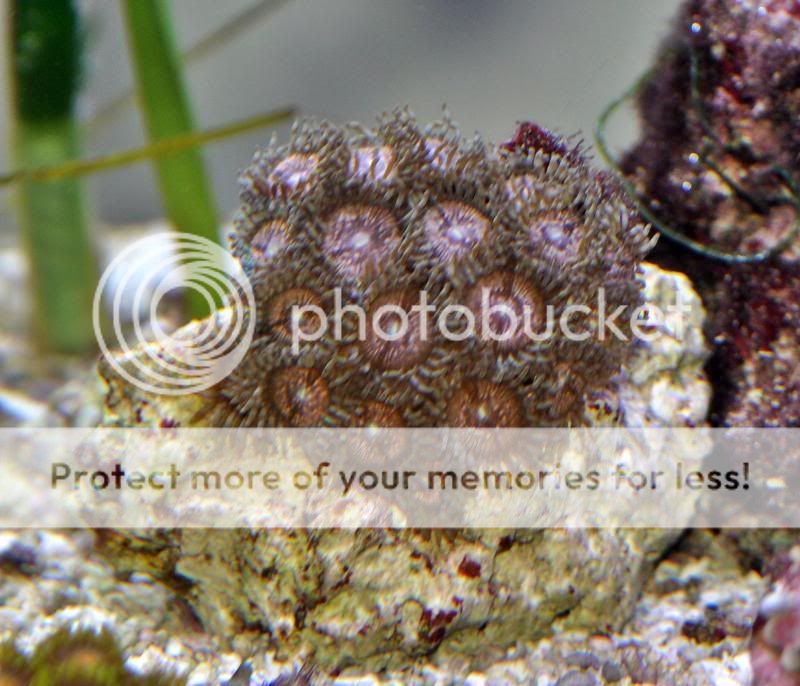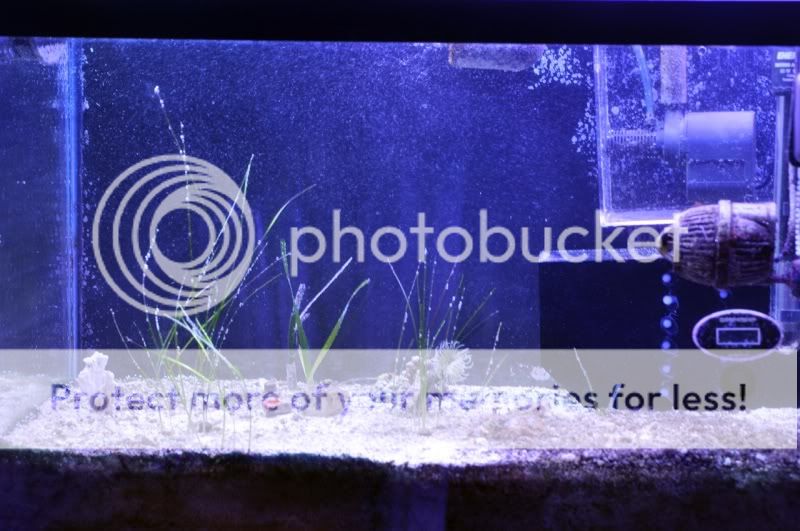korallen-zucht.de from Germany makes a potassium test kit,it's a little hard too read though.[URL="http://www.korallen-zucht.de/en/shop/products--technology/water-test-kits/165_potassium-test-kit.html[/URL]
Testing for iron you'll need a high end test kit,like Lamotte or Hatch,because the lower cost kits won't read that low.(ie.Seachem)
Because of all the mud You used,IMO You won't be able to get much of a reading for nitrate.Mud is an excellent substrate for bacterial activity and those microbes are in direct competition with the grass for ammonium.
In a regular DSB the nitrifying-denitrifying microbes are tightly coupled.They are within microns of each other.So the normal cycle,urea>ammonium>nitrite>nitrate>nitrogen,applies. However,in a seagrass bed,this "coupling", is marginal due to the plants supporting capabilities too all the different bacteria's.(ie.C,N,P,Fe and S,cycles) So nitrate/nitrogen(N2) is Not always the end pathway.Some of it (No3) is demineralized back into nitrite>ammonium,and the plants can use it for up-take.The plants themselves,also,demineralize No3 as well.
IMO If it was nitrate limited the sand bed would be turning black and the grasses would be dieing off instead of hanging in there.I think the shoalgrass would be the first too show signs of new growth being a colonizer grass and the turtle grass...well it's a very slow plant too recover from transplanting.
In the ocean it can take up too 4-7 yrs for turtlegrass to form new apical meristems (growing tips) once the rhizomes has been severed.
Single shoots have a very poor survival rate.Double shoots,on the same rhizome,stand a much better chance and quad shoots have the highest recovery rate.
IMO You should already have enough nutrients in there.You might try putting in some more fish (for the ammonia),but other than that,I wouldn't add any more just too get a reading.

I think Your best bet is to wait for the bed too become more established.FWIW-These microbes are a type of cyanobacteria that can use N2 for their N requirements as well.
As far as adding organic carbon,be careful.Any signs of the sand turning black and you'll want too stop dosing it,and do a water change or add nitrate or both.






